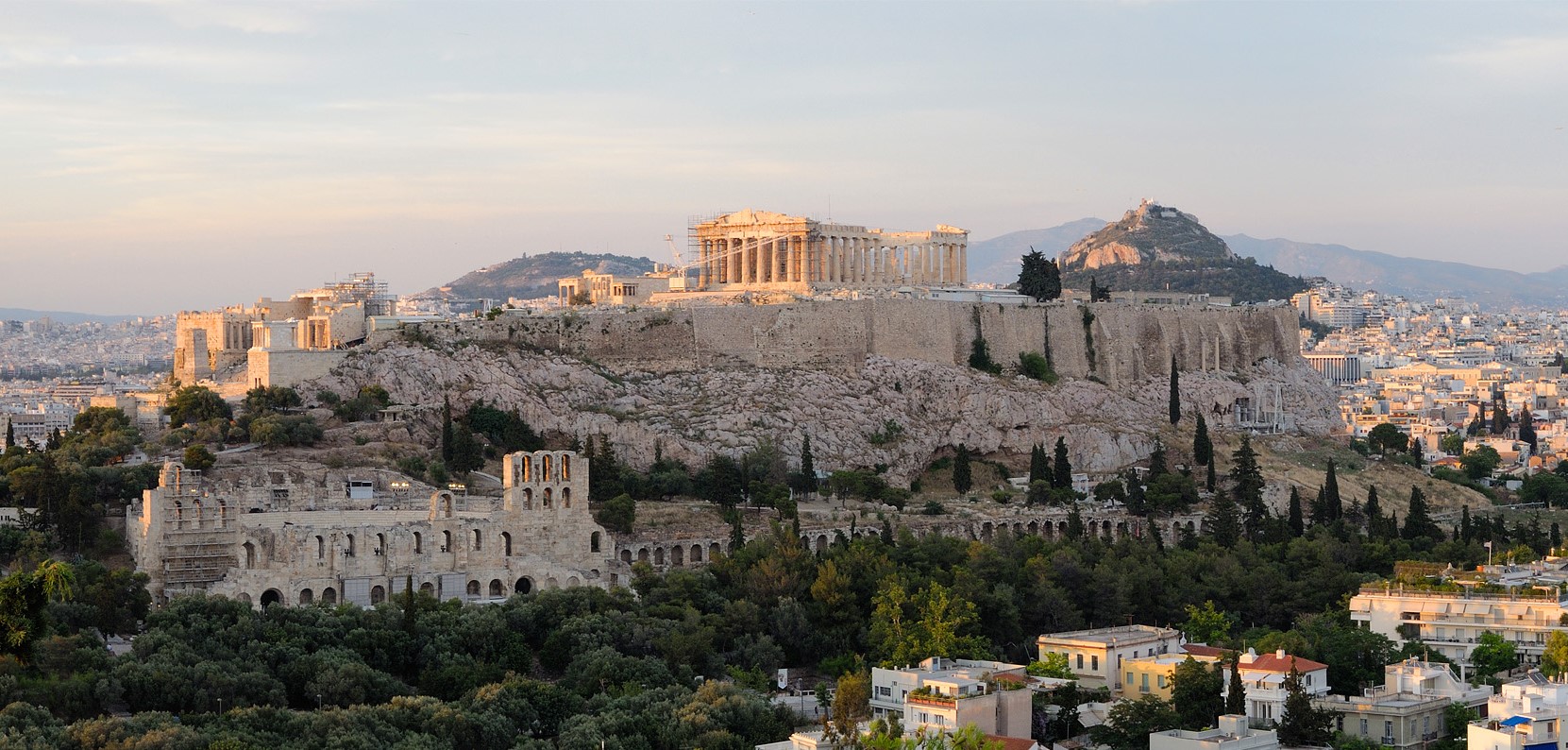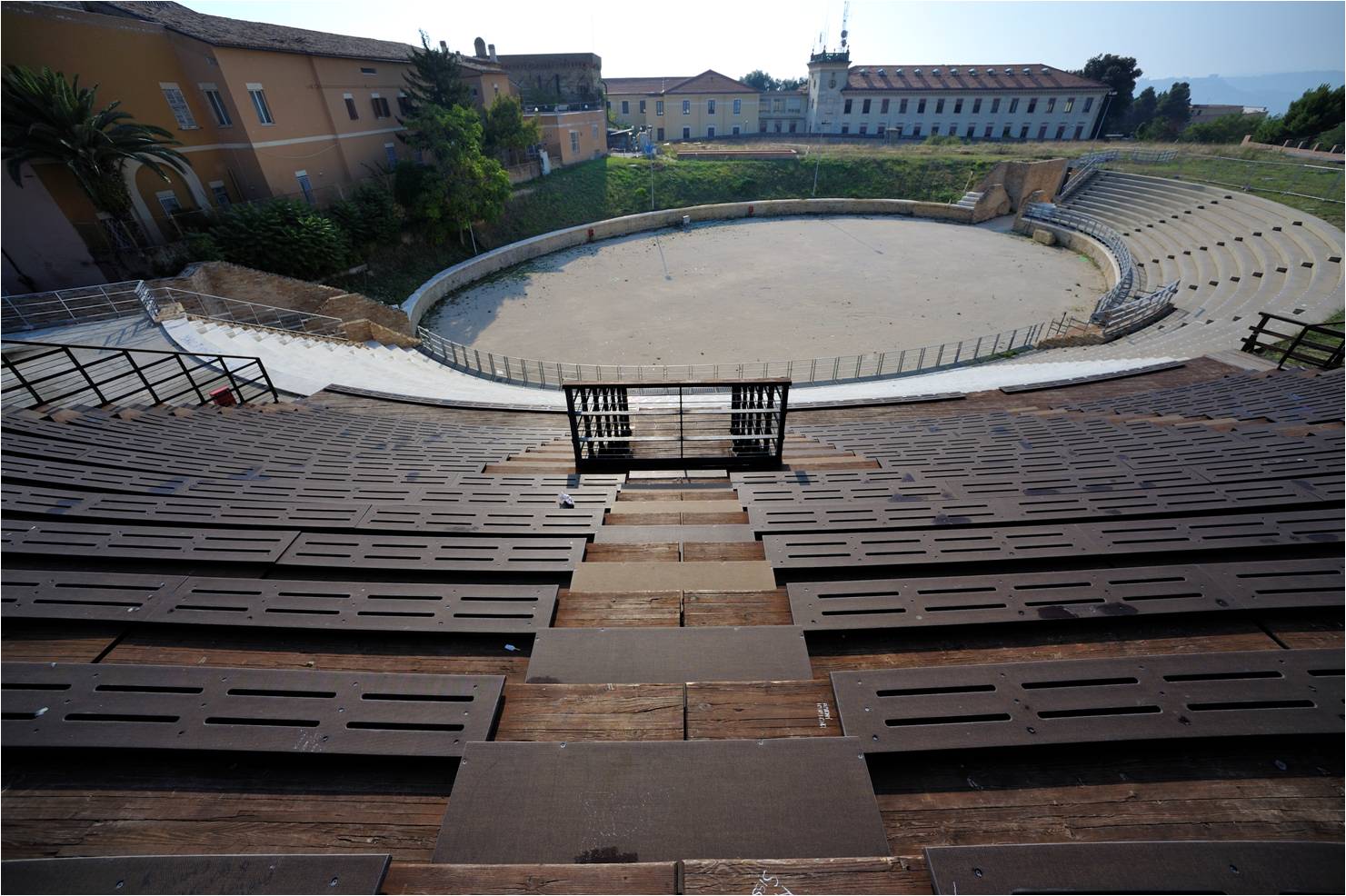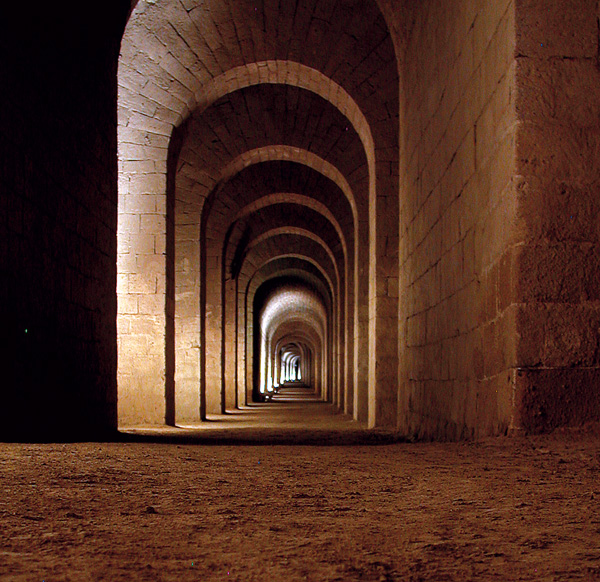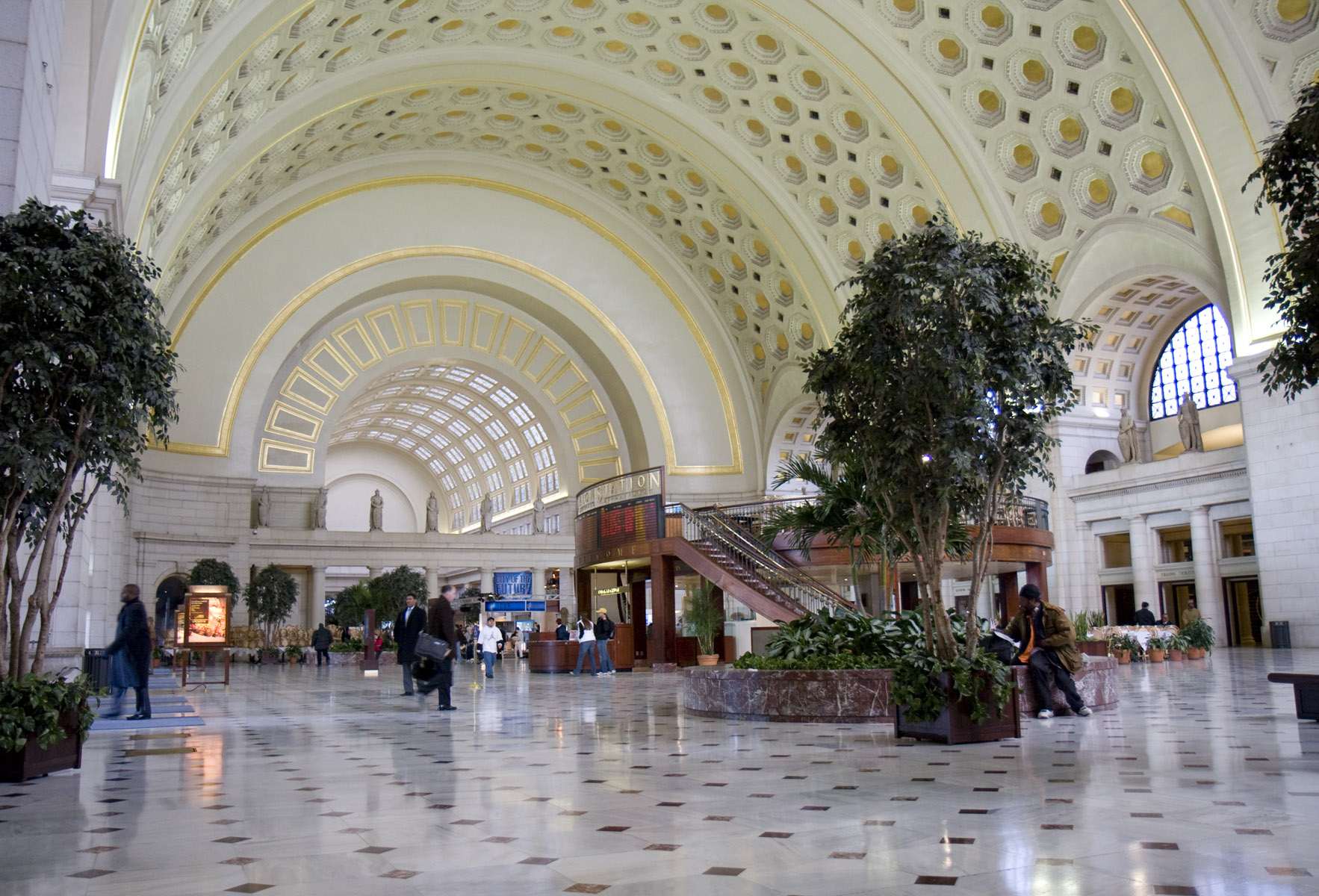Originally constructed as a tribute to Athena, the patron goddess of Athens, the Parthenon stands as an iconic symbol of ancient Greek civilization. Built in the wake of the Persian Wars to commemorate Athens’ victory, the temple was erected on the ruins of a prior sanctuary that had been decimated by the Persians.
Designed by the architect Ictinus and overseen by the legendary sculptor Phidias, the Parthenon employed revolutionary techniques to produce optical illusions that heightened its grandeur. Entasis, the slight curvature in the columns, coupled with a gently ascending stylobate (the base of the columns), served to counteract optical distortions, imparting an illusion of perfect symmetry and harmony when viewed from a distance.
Spanning an impressive 30.9 by 69.5 meters at its base, the temple’s inner sanctum, or cella, measured 29.8 by 19.2 meters. The structure was adorned with Doric columns, which not only supported the roof but also elevated the temples aesthetic appeal. Contrary to its current monochrome appearance, the Parthenon was originally a kaleidoscope of colors. The ceilings were tinged with light blue, and its sculptural decorations were vividly painted.
Phidias, the master sculptor of the 5th century BC, directed the temples artistic program. The centerpiece was a colossal statue of Athena, stretching up to 12.19 meters in height. While the structural components were completed by 438 BC, the intricate decorative elements took an additional five years to finish.
Over the centuries, as empires rose and fell, the Parthenon’s purpose shifted. It transformed from a temple to a Byzantine church, later becoming a mosque under the Ottomans, complete with a minaret. Each transition led to substantial architectural modifications; for instance, internal columns were removed during its time as a church, and a minaret was added when it was converted to a mosque.
The buildings structural integrity was further compromised by vandalism, natural calamities, and looting by tourists. Its most devastating blow came in 1687 during the Venetian siege of Athens. The Ottoman defenders had stored gunpowder within the temple, which ignited when struck by a Venetian shell, causing catastrophic damage to the roof and the structure.
Adding insult to injury, Lord Elgin, the British ambassador to the Ottoman Empire, exploited his diplomatic position to remove a significant portion of the Parthenon’s sculptures in the early 19th century. These artifacts, commonly known as the Elgin Marbles, are currently housed in the British Museum in London, while others are displayed in museums in Paris and Copenhagen.
Following the establishment of an independent Greek State in 1832, efforts were initiated to restore the Acropolis and the Parthenon.
The more recent architectural additions were dismantled, and the temple has been under continuous restoration to bring it back to its original splendor. Many of its original sculptures that escaped looting are now exhibited in the Acropolis Museum in Athens.













